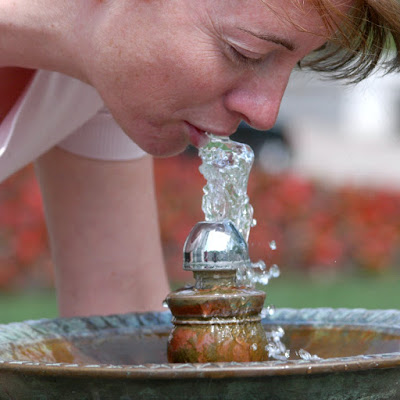drinking water be delivered without disinfectants
When we open up the faucet, we anticipate the sprinkle to be risk-free. That's, the sprinkle ought to be without pathogens that might make us ill and any type of chemicals that might trigger issues later on in life.
Generally, drinkable sprinkle systems in the established globe have done a fantastic task offering risk-free sprinkle. Nevertheless, there are still regrettable circumstances that establish, leading to problems with the security of consuming sprinkle.
Many significantly, in the previous a number of months, the city of Flint, Michigan, has been handling a dilemma concerning their shipment of drinkable sprinkle. A considerable variety of the residents of Flint were subjected to alarmingly high concentrations of lead in their consuming sprinkle. The episode was set off by a button in consuming sprinkle resource carried out by the city, without the appropriate assessment of the repercussions concerning the alter in the chemistry of the sprinkle.
The episode has brought a lot focus on sprinkle therapy techniques to guarantee public security. In numerous nations the use a disinfectant, such as chlorine or chloramine, in the circulation system is needed. These nations consist of the Unified Specifies and the Unified Kingdom. A disinfectant is utilized as a last obstacle to safeguard human health and wellness versus prospective contamination occasions throughout circulation.
Nevertheless, there are a variety of nations that don't bring a disinfectant that stays in the sprinkle when it is dispersed. Exactly just how could these nations provide risk-free sprinkle without this disinfectant consisted of?
In a just lately released paper, we, along with various other associates, establish bent on assess this concern. Our primary inspiration was to take a shut appearance at whether municipalities might prevent a few of the prospective unfavorable impacts of a disinfectant while still guaranteeing public health and wellness. Prediksi Akurat Togel Sdyne Tanggal 14/12/2020
Among the fantastic public health and wellness successes of the 20th century was the eradication of many waterborne upsurges in the established globe. In the year 1902, chlorine wased initially included to sprinkle as a disinfectant in Belgium. Extra websites in the Unified Specifies and the Unified Kingdom complying with fit by 1908. This led to a reduction in the occurrence of waterborne illness.
Quick ahead to 1974, when Dutch scientists found the existence of chloroform, a possible human carcinogen, in drinkable sprinkle.
Since, researchers have determined numerous disinfection byproducts (DBPs), substances that are developed by the response in between chlorine and normally provide natural issue in the sprinkle. The concentrations of these substances are controlled in the Unified Specifies and Europe based upon dimensions of sign teams of substances, such as trihalomethanes, which are understood to be carcinogenic.



